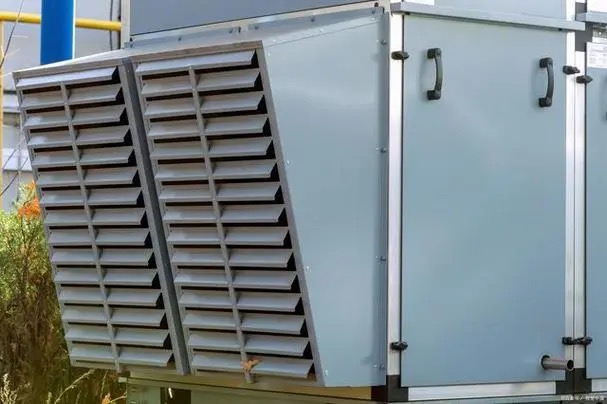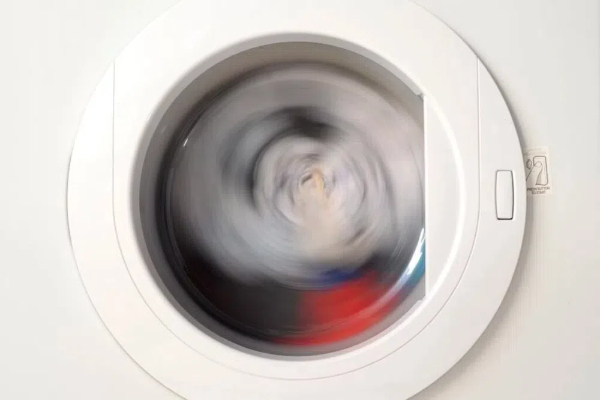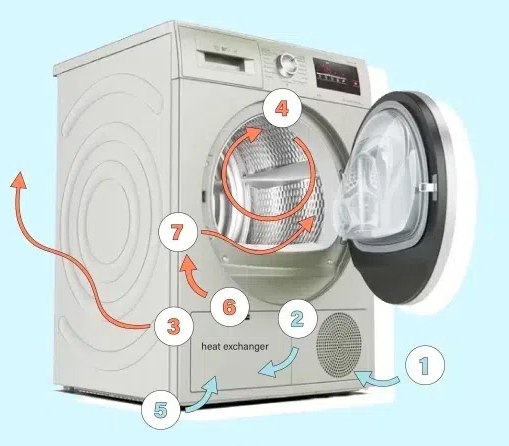
Content Menu
● Introduction
● Understanding Heat Pump Dryers
>> What is a Heat Pump Dryer?
>> How Do Heat Pump Dryers Work?
● How Long Does a Heat Pump Dryer Take?
>> Average Drying Time
>> Factors Influencing Drying Time
● Benefits of Using a Heat Pump Dryer
>> Energy Efficiency
>> Gentle Drying
>> Versatility
● Tips to Optimize Drying Time
● Conclusion
● Frequently Asked Questions
>> 1. How long does it take to dry a full load in a heat pump dryer?
>> 2. Are heat pump dryers more energy-efficient than traditional dryers?
>> 3. Can I install a heat pump dryer anywhere in my home?
>> 4. Do heat pump dryers take longer to dry clothes than conventional dryers?
>> 5. How can I reduce drying time in a heat pump dryer?
Introduction
Heat pump dryers are becoming increasingly popular due to their energy efficiency and gentle drying capabilities. Unlike traditional dryers, which vent hot air outside, heat pump dryers recycle air and use a heat exchange system to dry clothes. This method not only saves energy but also takes longer to dry clothes. In this article, we will explore how long a heat pump dryer typically takes to dry clothes, the factors that influence drying time, and tips to optimize the drying process.

Understanding Heat Pump Dryers
What is a Heat Pump Dryer?
A heat pump dryer is a type of clothes dryer that uses a heat pump to dry clothes. It works by drawing in air from the surrounding environment, heating it, and then circulating it through the wet clothes. The moisture from the clothes is absorbed by the air, which is then cooled down, causing the moisture to condense and be collected in a tank or drained away.
How Do Heat Pump Dryers Work?
Heat pump dryers operate on a closed-loop system. The process begins with the heat pump extracting moisture from the air inside the dryer. The air is then heated and passed through the wet laundry. As the air absorbs moisture, it becomes humid and is cycled back to the heat pump, where it is cooled down, and the moisture is removed. This cycle continues until the clothes are dry.
How Long Does a Heat Pump Dryer Take?
Average Drying Time
On average, a heat pump dryer takes about 2 to 3 hours to dry a full load of laundry. This duration can vary based on several factors, including the type of fabric, the size of the load, and the specific model of the dryer.
Factors Influencing Drying Time
1. Load Size: Larger loads will naturally take longer to dry than smaller ones. It’s essential to avoid overloading the dryer, as this can significantly increase drying time.
2. Fabric Type: Heavier fabrics, such as towels and blankets, will take longer to dry compared to lighter fabrics like t-shirts and underwear.
3. Moisture Level: If clothes are excessively wet, they will require more time to dry. It’s advisable to spin dry clothes thoroughly before placing them in the heat pump dryer.
4. Dryer Settings: Most heat pump dryers come with various settings tailored for different fabric types. Using the appropriate setting can help optimize drying time.
5. Room Temperature: The ambient temperature of the room where the dryer is located can also affect drying time. A warmer room can help the dryer operate more efficiently.

Benefits of Using a Heat Pump Dryer
Energy Efficiency
One of the most significant advantages of heat pump dryers is their energy efficiency. They use significantly less energy compared to traditional dryers, making them an environmentally friendly option. This efficiency translates to lower electricity bills over time.
Gentle Drying
Heat pump dryers operate at lower temperatures, which is gentler on fabrics. This feature helps preserve the quality of clothes, reducing wear and tear and extending their lifespan.
Versatility
Heat pump dryers can be installed in various locations without the need for external venting. This flexibility makes them suitable for apartments and homes where venting is not feasible.
Tips to Optimize Drying Time
1. Sort Laundry: Separate heavier items from lighter ones to ensure even drying. This practice can help reduce overall drying time.
2. Use the Right Settings: Familiarize yourself with the dryer’s settings and choose the one that best suits the fabric type.
3. Avoid Overloading: Ensure that the dryer is not overloaded, as this can hinder airflow and increase drying time.
4. Regular Maintenance: Keep the dryer clean and well-maintained to ensure optimal performance. Regularly check and clean the lint filter and any other components as recommended by the manufacturer.
5. Pre-dry Clothes: If possible, spin dry clothes in the washing machine to remove excess moisture before placing them in the dryer.
Conclusion
Heat pump dryers are an excellent investment for those looking to save energy and protect their clothes. While they may take longer to dry clothes compared to traditional dryers, the benefits of energy efficiency and gentle drying make them a worthwhile choice. By understanding how they work and following tips to optimize drying time, users can enjoy the advantages of this innovative drying technology.

Frequently Asked Questions
1. How long does it take to dry a full load in a heat pump dryer?
On average, it takes about 2 to 3 hours to dry a full load in a heat pump dryer.
2. Are heat pump dryers more energy-efficient than traditional dryers?
Yes, heat pump dryers use significantly less energy than traditional dryers, making them a more energy-efficient option.
3. Can I install a heat pump dryer anywhere in my home?
Yes, heat pump dryers do not require external venting, allowing for flexible installation in various locations.
4. Do heat pump dryers take longer to dry clothes than conventional dryers?
Yes, heat pump dryers generally take longer to dry clothes due to their lower operating temperatures.
5. How can I reduce drying time in a heat pump dryer?
To reduce drying time, avoid overloading the dryer, use the appropriate settings for different fabrics, and ensure clothes are spun dry before placing them in the dryer.












